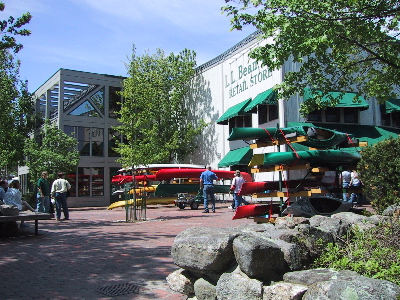
According to GlobeSt.com, the flagship L.L. Bean Store–which is open 24 hours a day, 365 days a year and is the epitome of the outdoor lifestyle brand–is going to be redeveloped as a $40 million dollar, 113,000 square-foot lifestyle center, anchored by a revamped L.L. Bean store.
Of course, the original L.L. Bean store is actually located right in the heart of scenic Freeport, Maine, a picturesque coastal town just north of Portland, and it has been the town’s focal point since at least 1917. The store attracts many tourists, and its presence has caused the downtown to fill with outlet stores for many of the most popular mall merchants, including Gap, Banana Republic, and Abercrombie & Fitch. In other words, L.L. Bean is sort of an anchor store of an actual, real life, classic New England town center, the kind of place that lifestyle centers try to emulate. And of course, we’ll now have an actual lifestyle center moving into the very place it’s trying to mimic! Try and wrap your head around that one!
Snark aside, the fact that L.L. Bean is shaking up its mix is worth mentioning. Long a major outdoor lifestyle brand (alongside Cabela’s, Orvis, Bass Pro Shops, and Land’s End in one corner, and Dick’s Sporting Goods, Sports Authority, and others in another), L.L. Bean has been in the process of stepping up their efforts to compete against expanding outdoor brands, especially Bass Pro Shops. Just last week, they began their new roll-out of stores outside of Maine with the opening of a two-level store in the Wayside Commons lifestyle center in Burlington, Massachusetts, and they plan a string of new stores in the new future. What’s in store for these, as compared to the failed concept they rolled out in 2000? Essentially, “mini-me” versions of their gargantuan Freeport flagship, complete with nearly every item currently featured in their catalog. L.L. Bean will likely be attempting to introduce themselves nationally as the more upmarket, granola cousin to stores like Bass Pro Shops, where the emphasis is less on guns and more on butter (and kayaks). Interestingly, L.L. Bean told The Boston Globe last week that they plan to avoid malls and cling to the lifestyle format, relaying an anecdote that customers (understandably) don’t like lugging kayaks through malls. Still, it seems to me that most who shop at the ‘ol Bean are moneyed, yuppie types buying more clothing and housewares–they sell deliciously tasteful dinnerware–than true outdoor gear, though I suppose the lifestyle center format takes dead aim on this particular demographic regardless of what they’re really buying. The canoes hanging from the ceiling may merely be for effect, but I suppose they achieve their purpose.
It’ll be interesting to see if the market can support so many similar competitors. I secretly suspect I’m too young, too poor, and too indoorsy to fall into L.L. Bean’s real target demographic but as a lifelong Yankee, I wish them luck.
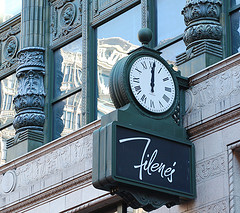 I highly recommend checking out
I highly recommend checking out 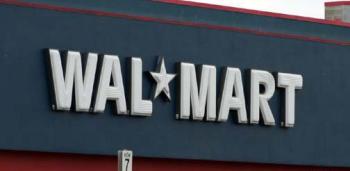
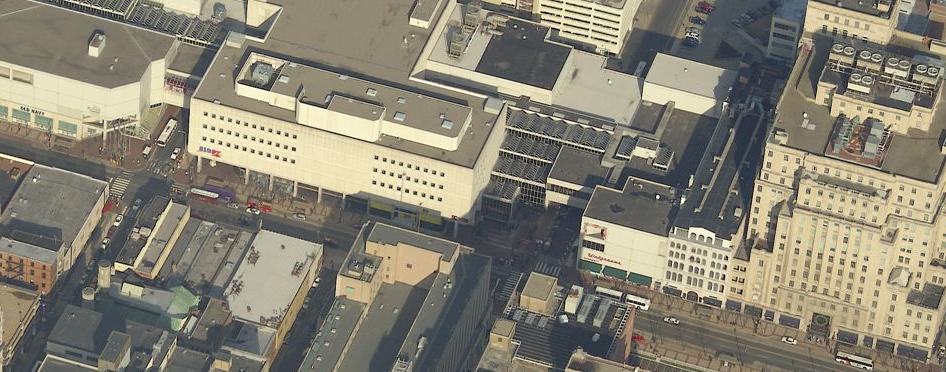
 The historic Strawbridge’s store, which opened in 1931, is attached to the aging, 1,100,000 square foot
The historic Strawbridge’s store, which opened in 1931, is attached to the aging, 1,100,000 square foot 
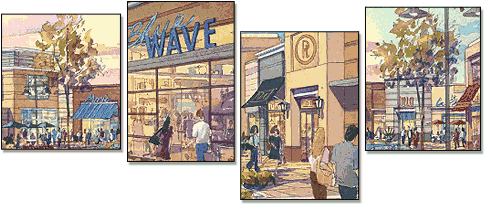
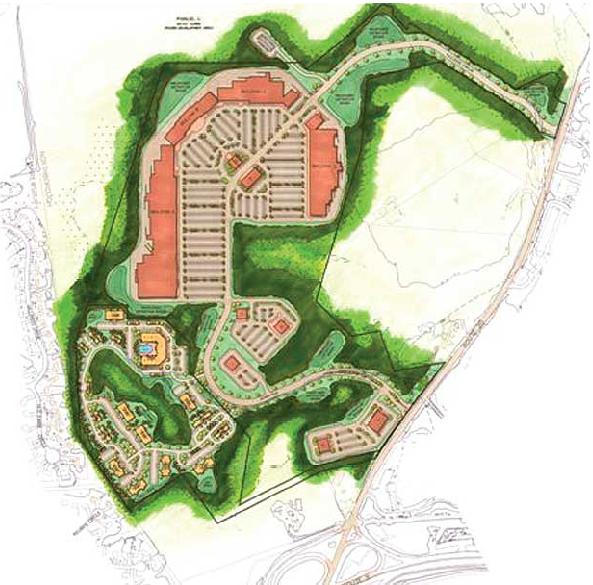
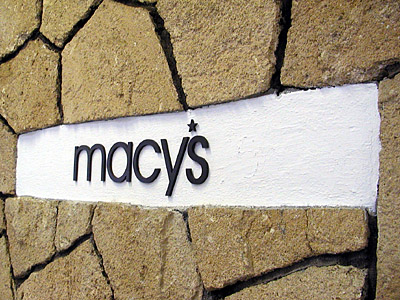

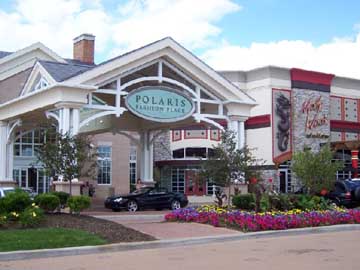
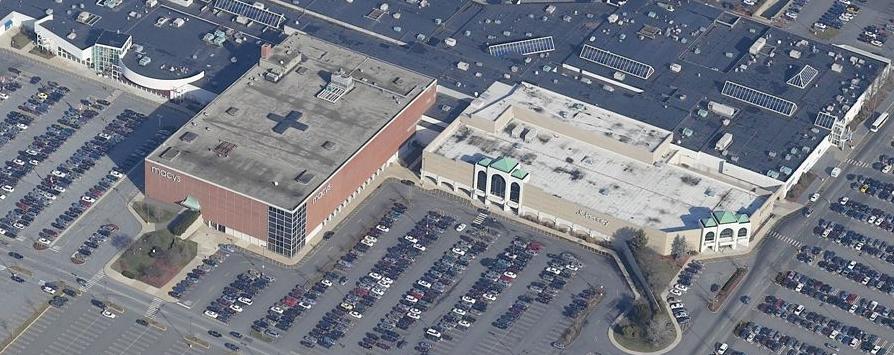
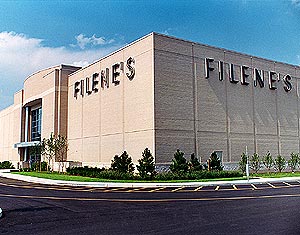 There’s also the problem that many of the shells left dark–whether they were originally a May or Federated space–are far too large by modern department store standards. In New England, Macy’s has tended to prefer to keep the smaller and more modern Filene’s spaces over their own spaces, which were all acquired from Jordan Marsh a decade ago. Many of these former Jordan Marsh stores had in excess of 300,000 or even 400,000 square feet, and sometimes featured four levels of sales floors fronting a one-level mall (The Northshore Mall in Peabody, Mass. and the Warwick Mall in Warwick, RI both spring to mind). There just aren’t any chains in expansion mode that would want to occupy a space like this anymore, so the buildings will almost certainly have to come down.
There’s also the problem that many of the shells left dark–whether they were originally a May or Federated space–are far too large by modern department store standards. In New England, Macy’s has tended to prefer to keep the smaller and more modern Filene’s spaces over their own spaces, which were all acquired from Jordan Marsh a decade ago. Many of these former Jordan Marsh stores had in excess of 300,000 or even 400,000 square feet, and sometimes featured four levels of sales floors fronting a one-level mall (The Northshore Mall in Peabody, Mass. and the Warwick Mall in Warwick, RI both spring to mind). There just aren’t any chains in expansion mode that would want to occupy a space like this anymore, so the buildings will almost certainly have to come down.